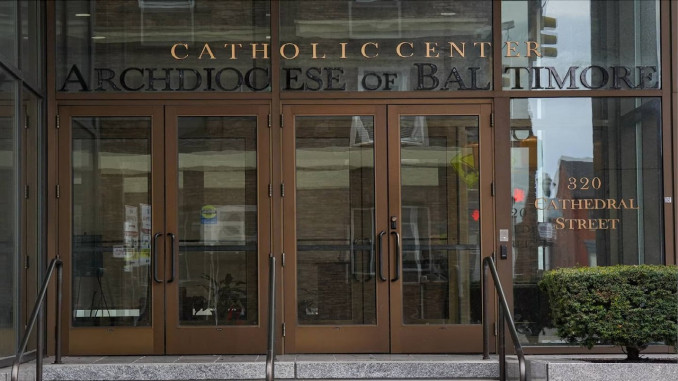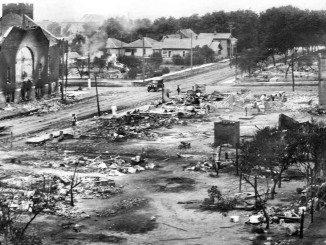
Earlier this month, the Maryland Attorney General’s office released an explicit, brutal, and horrifying report detailing decades of child sexual abuse by clergy and employees of the Archdiocese of Baltimore. Not only does the report identify countless instances of abuse by hundreds of abusers, but it also details the role of Church leadership in covering up the assaults, including their influence over judges, prosecutors, and newspapers. At least 158 priests and other church staff are reported to have sexually abused, that is, tortured more than 600 children over decades. As explained in the document, church leaders “focused not on protecting victims or stopping the abuse, but rather on ensuring at all costs that the abuse be kept hidden.” For example, Fr. Albert Julian admitted to abusing children after an accusation in 1968, but the Church did not report the abuse or assist the victims; instead, Julian was reassigned to desk work. In another child sexual abuse case in 1958, the Archbishop coordinated with some so-called “excellent Catholic laymen” in the Circuit Court of Baltimore County and in the local newspapers to keep the case quiet, and the priest in question was reassigned to the Diocese of Salt Lake City for a “fresh start,” where he remained a priest for 17 years.
The Church’s cover-ups and schemes to protect its clergy are ongoing. In 2017, the Archdiocese secretly and successfully lobbied to enter into Maryland law a “statute of repose” for civil actions on child sexual abuse. This meant Maryland was unable to provide a “lookback window,” a legal tactic used in other states to allow survivors to sue their abusers outside of the statute of limitations. The Church also lobbied hard against the 2023 Child Victims Act, though their efforts were unsuccessful and the bill passed, finally removing statutes of limitations for lawsuits against child sexual abusers. While the passage of this bill may provide some avenue for relief for survivors, it comes decades after other states have implemented similar policies.
Additionally, the Attorney General’s office was forced by the Baltimore Circuit Court to redact the names and actions of the 37 people newly accused of wrongdoing who are still alive. That means that their names were covered up. This includes not only parish priests but high-ranking, and possibly still-serving, church officials involved in cover-ups.
Our legal system’s protection of powerful institutions like the Catholic Church throughout the years is apparent from not only the hundreds of examples in the report and the requirement of redactions, but also from the resounding lack of new criminal charges being pursued. Imagine that a small, independent religious group was accused of sexual abuse of even a small number of children. Would they get the protection of the courts, politicians, and the press that the Catholic Church and its clergy and staff have received? Of course not. This is about power — economic and political power.
Where the state directs its energy tells us what it sees as a threat to be addressed. In his first 100 days in office, recently-elected Baltimore State’s Attorney Ivan Bates cracked down on sex work, drug possession, and trespassing, and promoted new policies “that have been demonstrated to lead to harsher sentences for Black, Brown and poor defendants.” Meanwhile, the Catholic Church has been regularly sexually assaulting children for decades and covering it up—and despite the possibility of some lawsuits, is in no danger of losing its immense wealth and influence over the courts and politicians.




